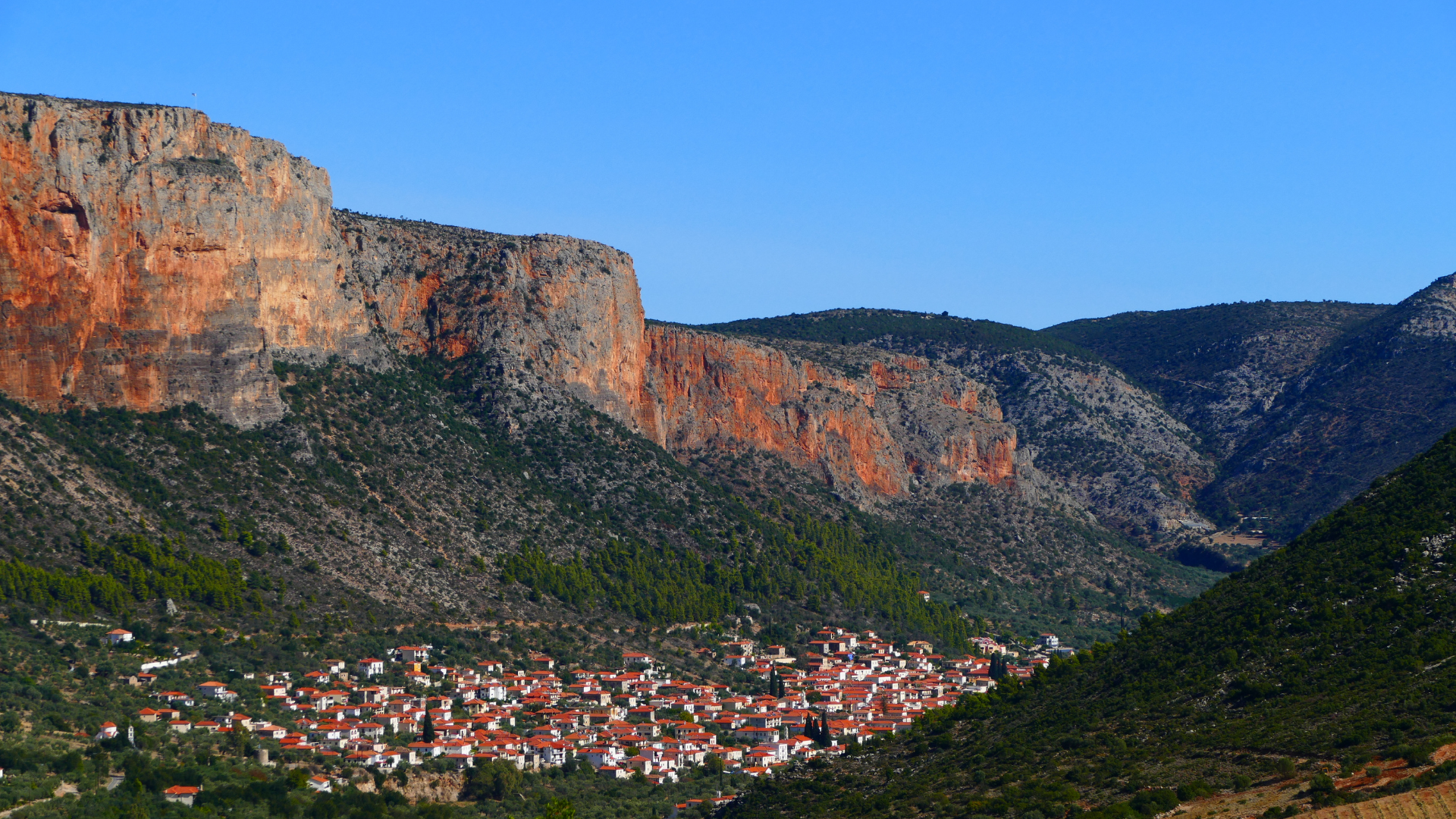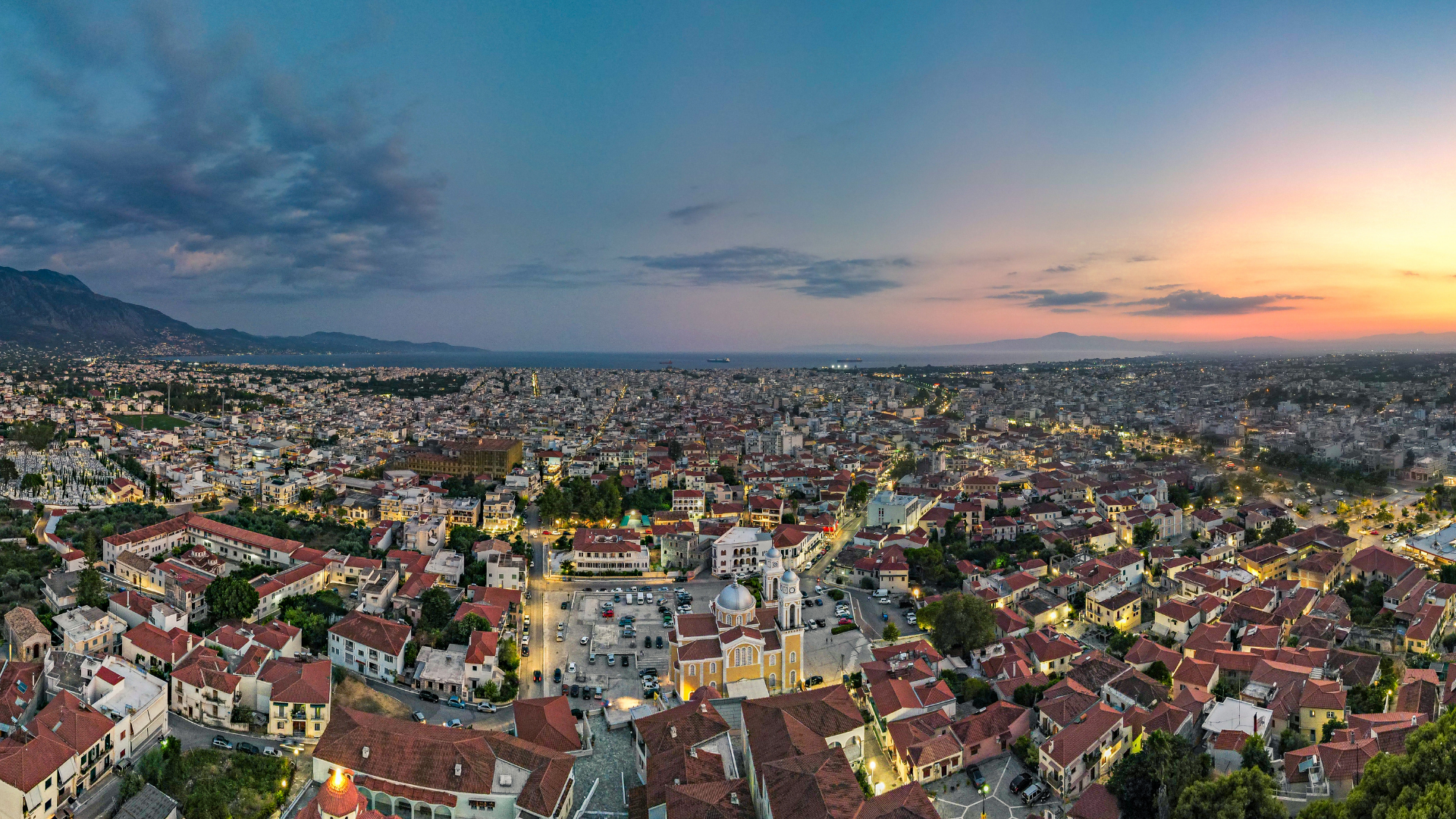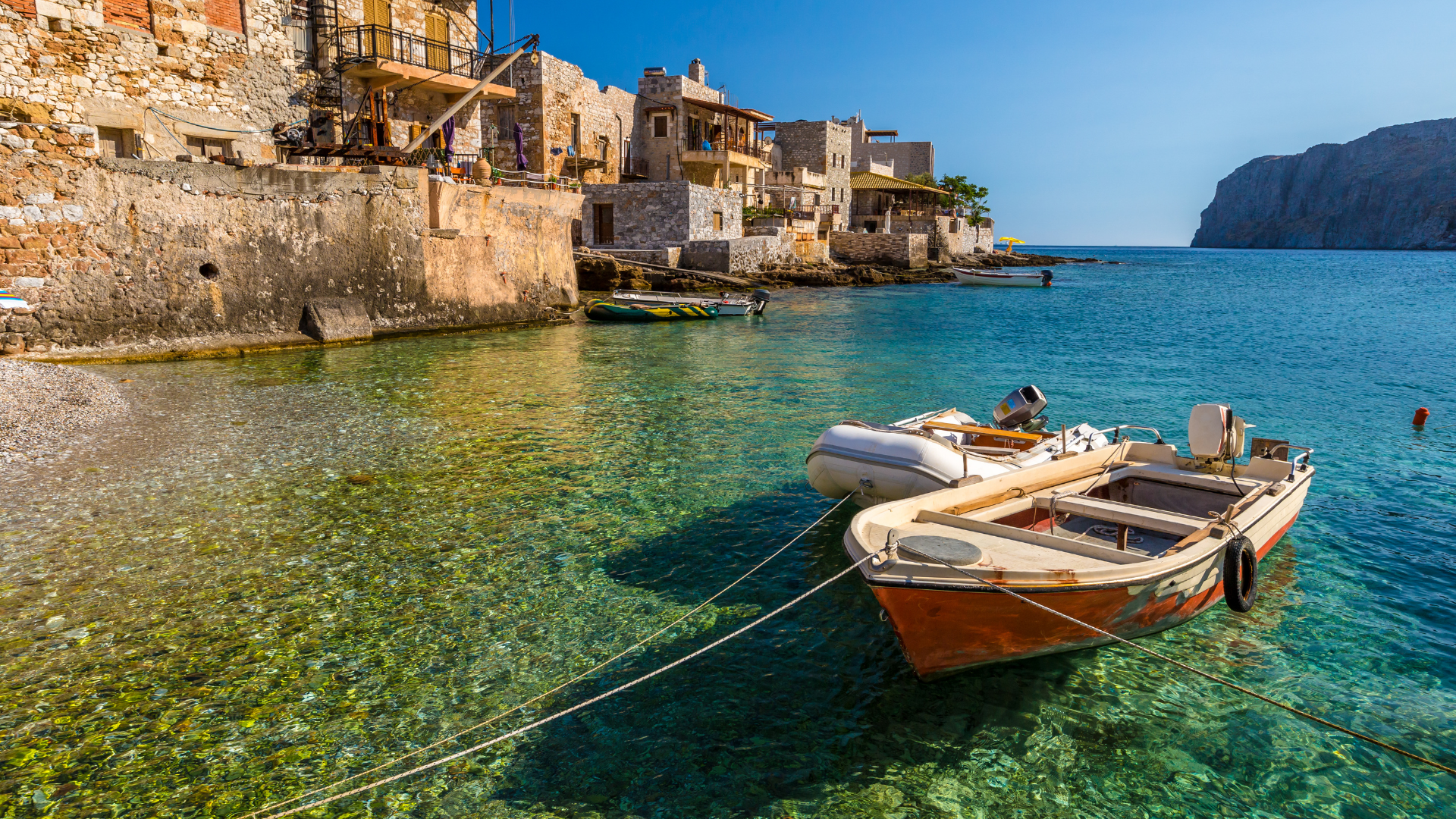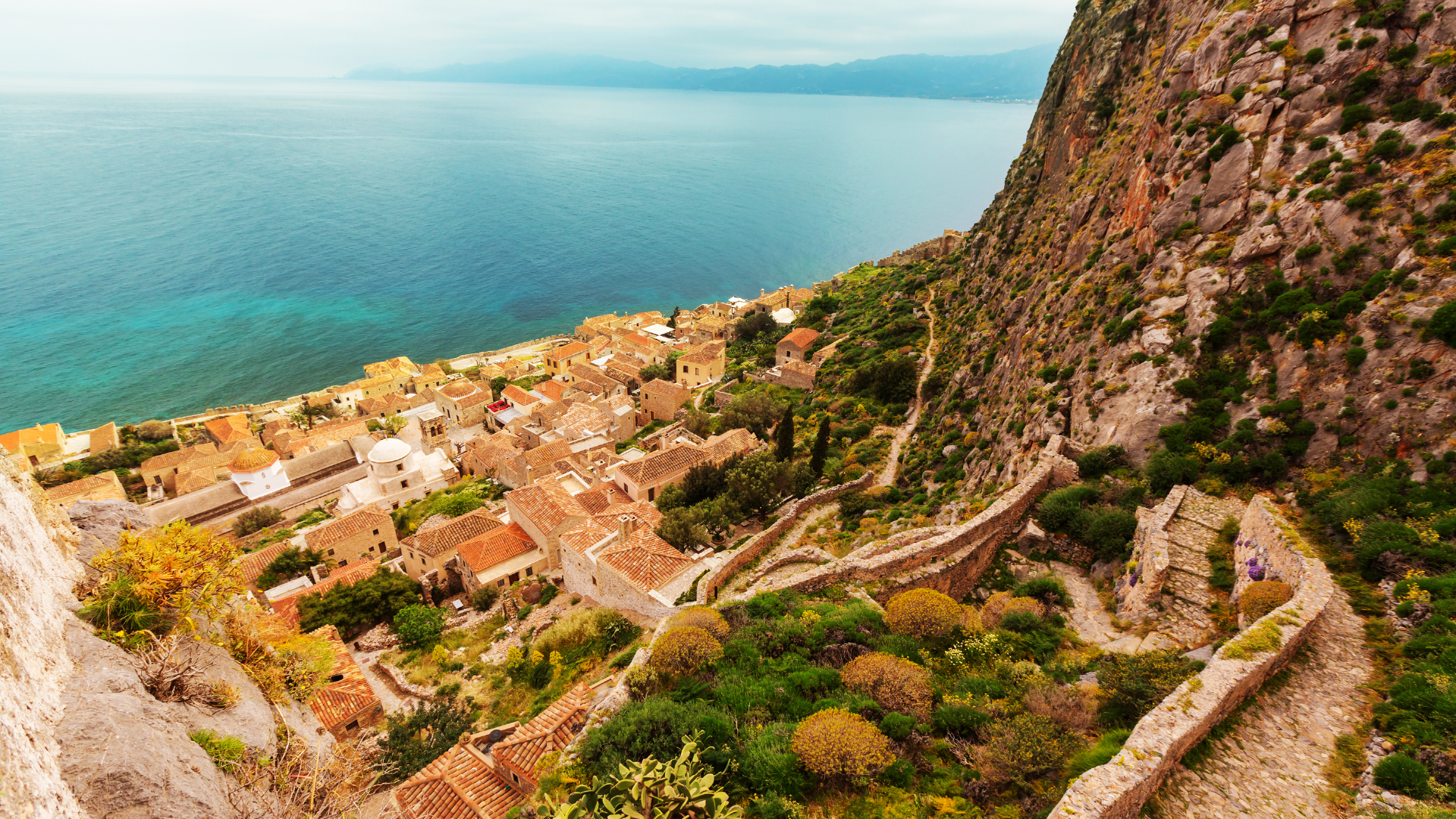The revival of these famous customs, such as the "Saitopolemos" in Kalamata and the balloons in Leonidio, keep the traditions alive and at the same time attract a large number of visitors each year.

In Leonidio, the night of the Resurrection is spectacular, as hundreds of colorful balloons compose a special setting. In particular, as soon as “Christ the Risen” is heard, the balloons slowly ascend to the sky, according to the local tradition.
The balloons are prepared weeks before Easter and a special technique is used to make them. They are made of reed and paper and their height reaches two meters. The smallest ones need 8 sheets of paper to make them. Others need 16 or 18 sheets, while large ones are up to 36 sheets. "Kalymara" is used to ignite them, which is a cloth soaked in oil and petroleum.

In Tyros, Arcadia, on Good Friday, the procession of the epitaphs takes place on the coastal road, accompanied by fishing boats and boats of the visitors. On the morning of Holy Saturday, the children fill the bay of the village, located on the shores of the Myrtoan Sea, with thousands of candles that illuminate the sea and symbolize, according to local tradition, the souls of lost sailors and fishermen.
In the parish of the Transfiguration of the Savior, the burning of Judas takes place in the sea and is accompanied by sparklers and dynamites.
In the parish of Agia Marina, on Easter Sunday, the Gospel is read in the Tsakonian dialect and a feast follows in the central square.

In Kalamata, the custom "Xamonia" is revived on Maundy Thursday. This is a pilgrimage to the chapels of northern Kalamata. The faithful gather at midnight and then visit the chapels, where they light the candles and sing.
On Easter Sunday, the well-known custom of the “Saitopolemos” or “paper plane war” takes place.
On Good Friday, the filling of the shuttle is completed and on Easter Sunday night, the war begins. The participants are divided into groups of 10-15 people, which have a banner, a trumpet, and a leader.
Many of them wear traditional uniforms, while the rest prefer casual clothes and military uniforms. With the opening slogan the paper planes light up and the deafening noise excites the spectators. According to local tradition, the custom holds from the struggles of the inhabitants of Kalamata against the Turks, who used the planes to drive out the Turkish cavalry.
Every year the dance of Yem. This is the dance of the days of Easter, that is, on Easter Monday and Tuesday. All the inhabitants of Sofiko gather in the square located in the church of Evangelistria, sing, and dance. The lyrics of the songs refer to foreignness, love, and freedom. The most popular song sung in Yem is: O enchanted in foreign or You birds of the plain.

In Alevrou, Laconia, after the Apostasy, women decorate the Epitaph with spring flowers and place a basket of fruit underneath. When the procession of the Epitaph is completed and he returns to the church, small pieces of fruit are distributed to everyone. The next day the flowers of the Epitaph are placed in a basket and distributed to the women of the village, who keep them in the iconostasis as an amulet.
On the morning of Holy Saturday, the Sequence of the First Resurrection takes place and at noon the bells begin to ring joyfully. Then in the village, the custom of rifles takes place. Young people from Alevrou and the neighboring villages stand in the square, behind the church sanctuary, and throw their rifles.
Mani: Custom of the Litany
In the villages of Mani, the custom of the litany is revived on the second day of Easter. In the morning, priests and believers start from the churches holding icons and crosses, while chanting resurrection tropes and prayers. In fact, in many villages, the procession ends at the cemeteries, where relatives of the dead are waiting for them. Easter buns and eggs have been placed on the flower-decorated memorials, while in the graves of the dead who died a few days before Easter, there are buns the size of large village bread.

In the castle town of Monemvasia, the procession of the epitaph on Good Friday takes place in the cobbled streets with the eulogies resounding throughout the castle. On Easter Sunday afternoon, the custom of burning Judas is revived outside the church of Christ the Redeemer. Specifically, a human dummy is placed where there are wood and straw inside, while as soon as the fire is lit, a spectacular spectacle with sparklers begins.
In Nafplio the atmosphere is very all night, especially on Good Friday, where epitaphs end up in Syntagma Square accompanied by the Philharmonic and choirs. At the same time, the city is decorated with flowers and lanterns.

In Patras, on Good Friday, a large number of believers gather in the afternoon in the two municipal cemeteries to follow the procession of the epitaphs, next to the memorials. Representatives of the city authorities and the band of the municipality participate in the procession.
On the morning of Holy Saturday, the custom of boots is observed in the sanctuary of Agios Dimitrios, in the upper town. Specifically, when the moment of the first Resurrection arrives, the priest comes out of the beautiful gate and then throws the jug to break, while colorful flowers are thrown from the woman. At the same time, in the city center, shopkeepers go out on the sidewalks and throw dishes, glasses, lamps, etc. to break, to make noise.